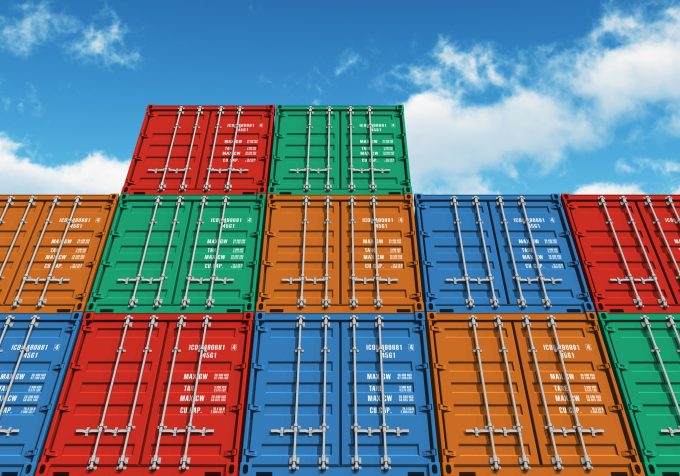'Liner panic' as new container production hits a post-Covid peak
Container output reached 521,000 teu last month – a post-Covid peak, according to Linerlytica today. And ...
TFII: SOLID AS USUALMAERSK: WEAKENINGF: FALLING OFF A CLIFFAAPL: 'BOTTLENECK IN MAINLAND CHINA'AAPL: CHINA TRENDSDHL: GROWTH CAPEXR: ANOTHER SOLID DELIVERYMFT: HERE COMES THE FALLDSV: LOOK AT SCHENKER PERFORMANCEUPS: A WAVE OF DOWNGRADES DSV: BARGAIN BINKNX: EARNINGS OUTODFL: RISING AND FALLING AND THEN RISING
TFII: SOLID AS USUALMAERSK: WEAKENINGF: FALLING OFF A CLIFFAAPL: 'BOTTLENECK IN MAINLAND CHINA'AAPL: CHINA TRENDSDHL: GROWTH CAPEXR: ANOTHER SOLID DELIVERYMFT: HERE COMES THE FALLDSV: LOOK AT SCHENKER PERFORMANCEUPS: A WAVE OF DOWNGRADES DSV: BARGAIN BINKNX: EARNINGS OUTODFL: RISING AND FALLING AND THEN RISING

The price of new containers continues to tumble, reducing daily hire rates and bringing impairments for lessors.
In the first quarter of this year, the cost of a new 20ft dry freight container fell to its lowest level since 2002 – averaging $1,350, down from around $1,850 a year ago – due to weak demand.
And prices are still falling, according to the latest edition of Container Equipment Insight, published by shipping consultancy Drewry.
“New box output has slumped markedly this year, with leasing companies again showing a strong reluctance to buy,” said Drewry’s lead analyst for the container sector, Andrew Foxcroft.
The depressed state of the rental market is one reason for the lessors’ inactivity, says the report, but Drewry added that it was also explained by a stockpile of new containers at factories in China – “substantial production from 2015 still awaiting collection”.
One of the world’s largest lessors of intermodal containers, based on fleet size, with a total of more than 3.2 million teu, is Textainer. Last week it reported a massive 84% year-on-year drop in net profit for the first three months of the year.
Textainer’s net income slumped to $6.4m in Q1 from $40.5m last year, which the company attributed to factors including a decrease in rental rates and impairments due to the decline in used container prices.
Stunted global growth and a 40% plunge in steel prices last year continued to exert pressure on the container leasing industry in Q1 16, darkening market outlook.
“Continuing low new container prices mean rental rates and used container prices have remained under pressure,” explained Philip K Brewer, president and CEO of Textainer Group, which was obliged to take an impairment hit of $17.3m in its Q1 accounts.
Rival container lessor TAL International, which has a fleet of around 2m teu, also suffered; seeing a 75% decline in its net income in Q1, which plunged to $6.4m, compared with $25.8m in the same months of 2015.
“Very challenging market conditions” was how TAL’s president and CEO, Brian M Sondey, described the firm’s first-quarter trading.
Notwithstanding that the first three months of the year is typically the weakest quarter for container lessors, Mr Sondey said this normal seasonal weakness had combined with the difficult global economic conditions to “create a very weak market environment”.
He was also concerned about the financial health of TAL’s shipping line customers.
“The financial performance of the container lines has generally been weak since the first quarter of 2015, and several shipping lines are under heavy financial pressure. TAL’s credit performance remains strong, but we are concerned about elevated credit risks,” said Mr Sondey.
Comment on this article